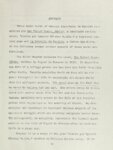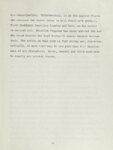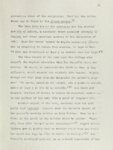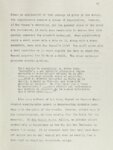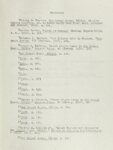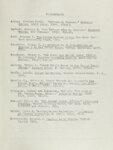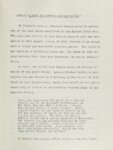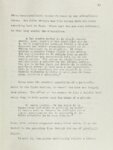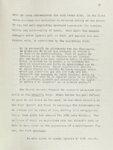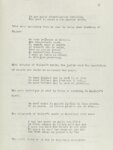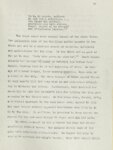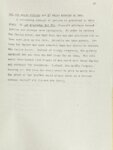| Description |
Three major works of varying importance in Spanish Literature are San Manuel Bueno, Martir, a twentieth century novel, "Llanto por Ignacio Sanchez Mejias, " a twentieth century poem and La Estrella de Sevilla, a Golden Age drama. In the following essays certain aspects of these works are discussed. The first chapter concerns the novel, San Manuel Bueno, Martir, written by Miguel de Unamuno in 1930. It describes the life of a village priest who has lost his faith in a life after death. Despite agonizing doubt he does all in his power throughout his life to perpetuate the simple faith that his villagers possess. His agony lies in the fact that he wants to believe but can not. The entire story is interlaced with events taken from the Old and New Testaments. Unamuno parallels many events in the life of his troubled priest with happenings in the ministry of Christ. He also utilizes the landscape to represent various aspects of the spiritual struggle which the doubting religious leader faces. The protagonist, in actuality, represents the turmoil which existed in the life of Miguel de Unamuno after he lost his faith as a young man. Chapter II is a study of the poem "Llanto por Ignacio Sanchez Mejias," written by Federico Garcia Lorca. It is a lament dedicated to his friend, a bullfighter, who was killed in the bullring in the summer of 1934. It is divided into four parts: the goring and the death, the shedding of the blood, the inert body and the absent soul. Each section is metrically different. This fact helps the poet achieve variation in mood and impact. Lorca's poem extends beyond the traditional elegy to a dead heroe, even going so far as to give his friend heroic qualities. But, while the poem points out the greatness of a man during life, it demonstrates what a useless and senseless loss his death is. |




